Is Mario's Movie Wonderful, Horrible, or Just Controversial? Depends on Who You Are...
By Pacario 0 Comments
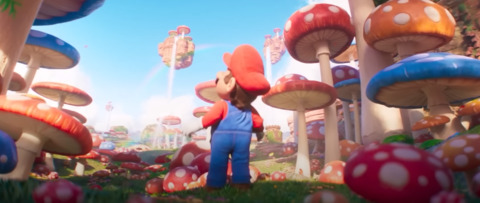
The Super Mario Bros. Movie is out, reaping huge piles of cash in its first week. Everyone wants to see this movie, it seems. And why not? Mario is a feature of countless childhoods, carried in the hearts of those same souls who now have kids of their own. Yes, like Disney and Mickey Mouse, Nintendo has its Mario branded on every generation, every mind and kind.
So it’s no surprise that people would freak over an actual Mario movie, a film that conveniently distills in celebratory fashion forty years-worth of lore and color, of princesses and mushrooms and turtle dragons and bottomless chasms. But is it good? That depends. (Minor spoilers ahead.)
The cynical critic will find plenty to dislike. The plot is thin and spins too fast, sending Mario and company on a quest that barely hesitates, let alone stops. In ninety minutes, the hero gets transported from Brooklyn to the Mushroom Kingdom and all its neighboring lands, and then back again. There’s very little time for introspection as characters run and bound and get battered about, as things just inexplicably happen—inexplicably, at least, for those with little knowledge of the source material. One critic openly complained about Mario turning into a cat, not understanding the seemingly arbitrary nature of the transformation. She didn’t know, of course, that “Cat Mario” is a real powerup that fans of Super Mario 3D World instantly understand.
Gamers, on the other hand, have plenty to love; the movie is a store of secrets and references, much to critical disdain but fan demand. Again, the movie is a tribute--a moving collage--of all-things Mario. It’s less a story than an explosion of the games’ characters and highlights, just administered now on the big screen without a controller in hand. It’s fun, fast, and respects the original material. Well, mostly.
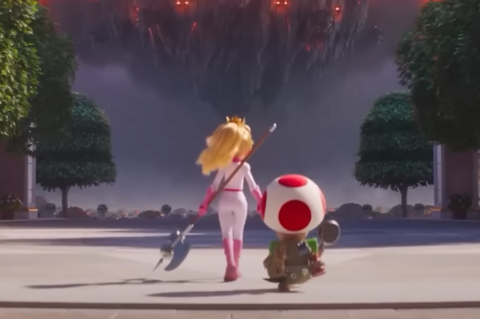
Nitpickers will find some changes to the canon somewhat unfortunate. Luigi is indeed excised from much of the story, replacing the Princess as the damsel in need of saving. This is a shame, as the close brotherly relationship he shares with Mario encompasses some of the film’s most powerful, poignant moments. But he’s quickly relegated to “player 4” here, sidelined by Toad and the Princess.
And yes, Princess Peach is another sticky predicament; although usually a fixture of temperance, peace, and grace in the games (Smash and Mario Kart aside), she’s a regular Pink Ninja here, combative and brazen and sooooo immensely capable, it’s a wonder why Mario is even needed. That said, for those who don’t care about her matching with the games, she’s perfectly likable here...just not the same princess.
The mainline Mario games rarely cared about narrative, which might explain the movie's occasional plot problems. Fans will be too busy giggling to likely notice, but it’s hard to imagine why Bowser, facing defeat, just doesn’t use the Power Star himself. Or why the penguins don’t use it at the beginning of the film. Moreover, why does a fall from Rainbow Road (an ethereal highway) lead to an ocean? Why is Peach a “Princess” and not Queen? And isn't Kamek, Bowser’s pet wizard, just a little too overpowered with that do-everything wand of his? Yet, he barely features in the final battle.
And lastly, for all its pomp and wahoos, the film can get seriously dark, what with two armies and a hapless human all nearly dissolved—slowly—into a vat of lava. This Bowser, for all his sweet princess-pining, is truly despicable. Scarily so. Like, on a real, psychopathic scale.
But, for all its passing oddities, the movie is still supremely entertaining. And Mario, for being a mascot of rote catchphrases and little more, is truly likable here--real, relatable, and easy to cheer. In short, the movie has a heart and charm that even the games often lack, and that is an amazing accomplishment.
The Mario movie deserves to be seen. It’s energetic, fun…and yes, a little dumb.
Just like the games. And that’s okay.--P
More thoughts about games and things at www.lostnostalgia.com

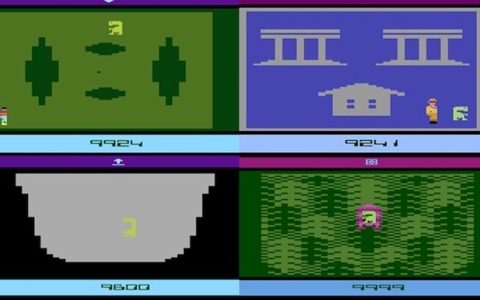
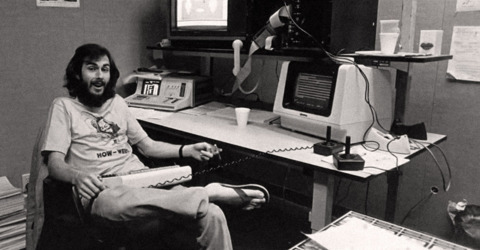
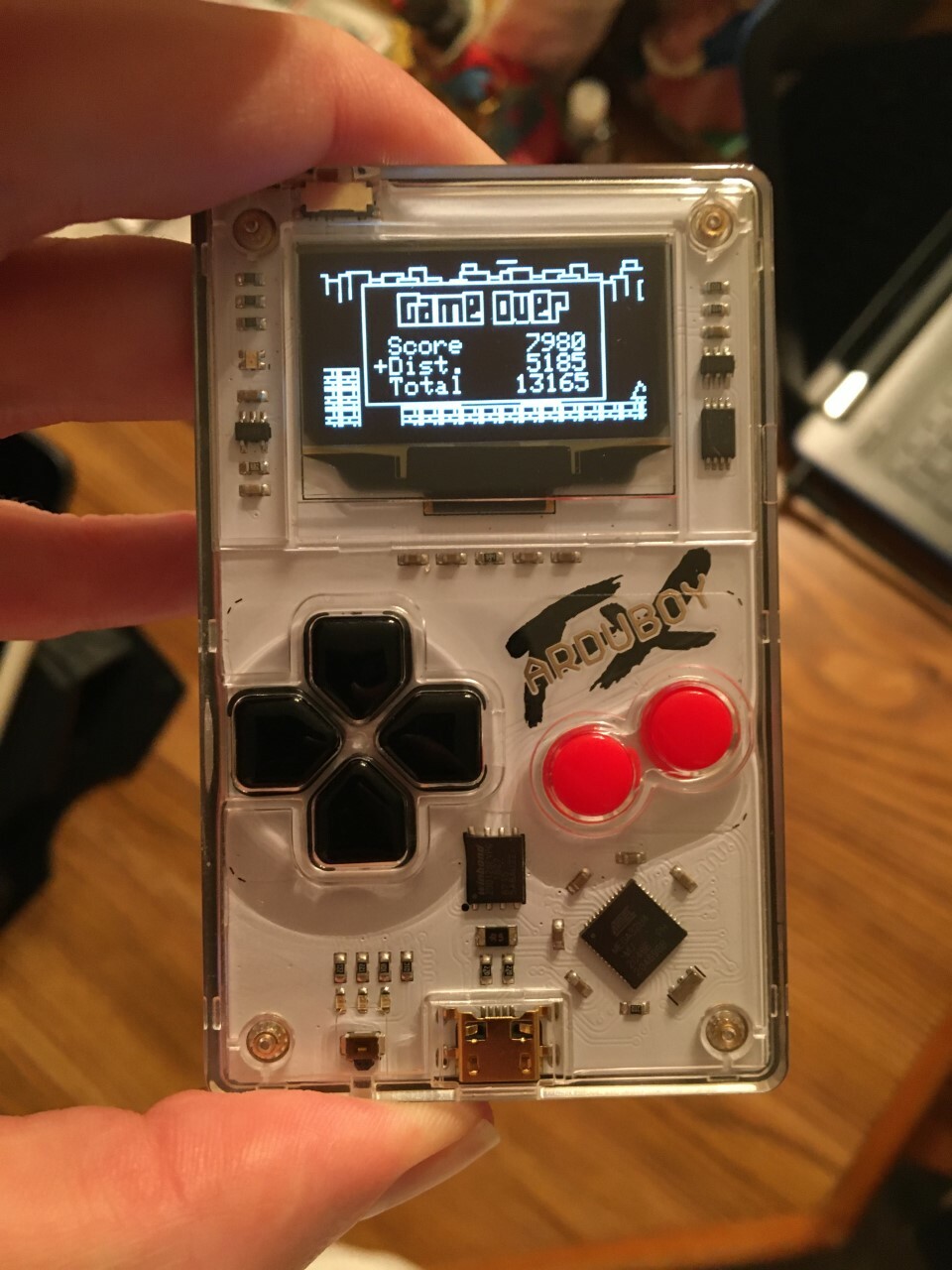





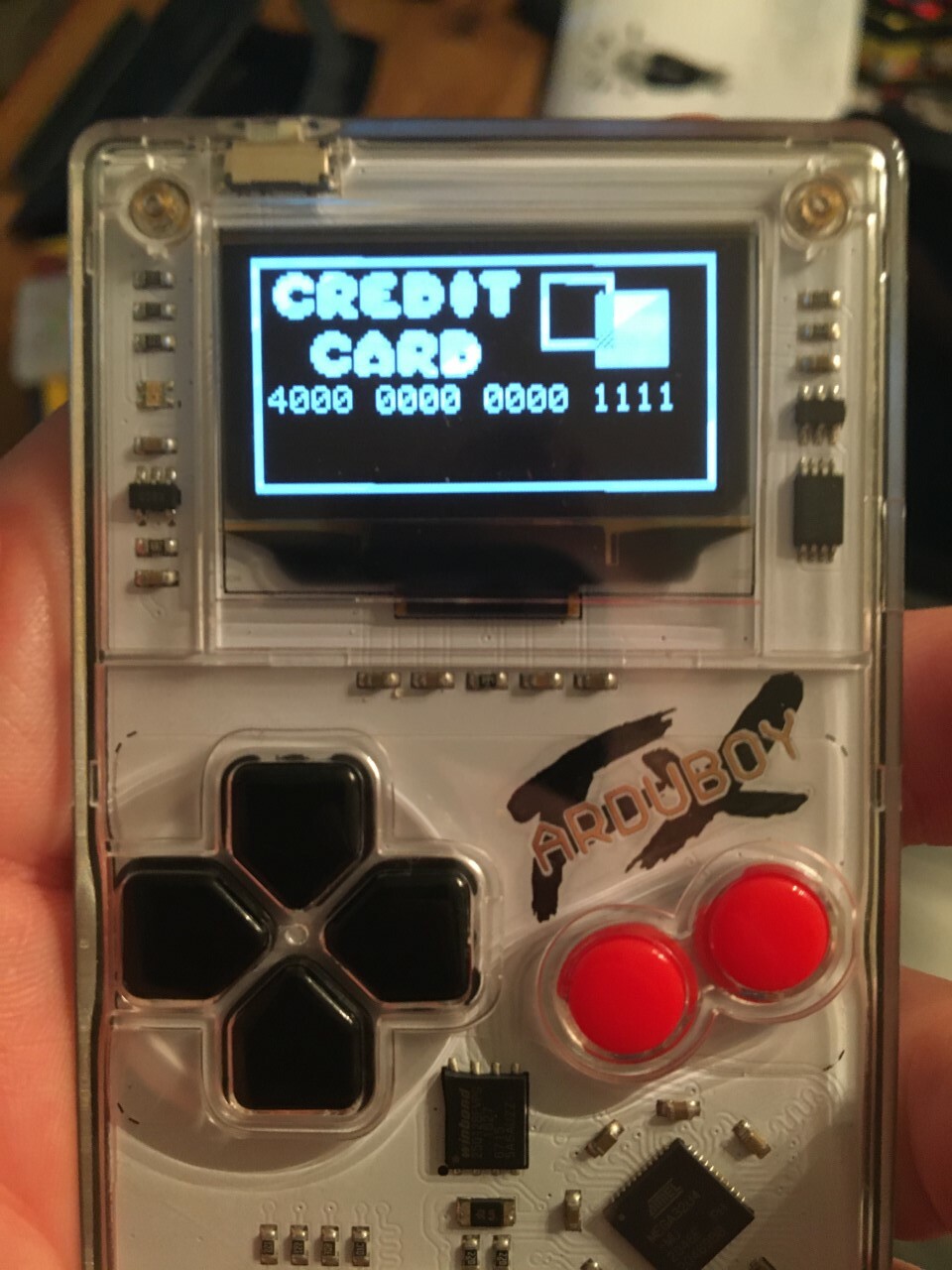

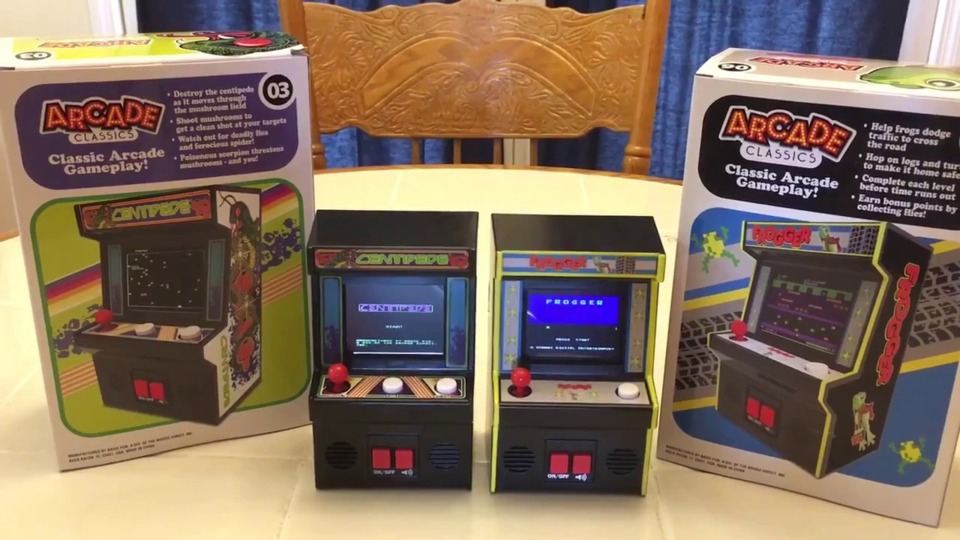
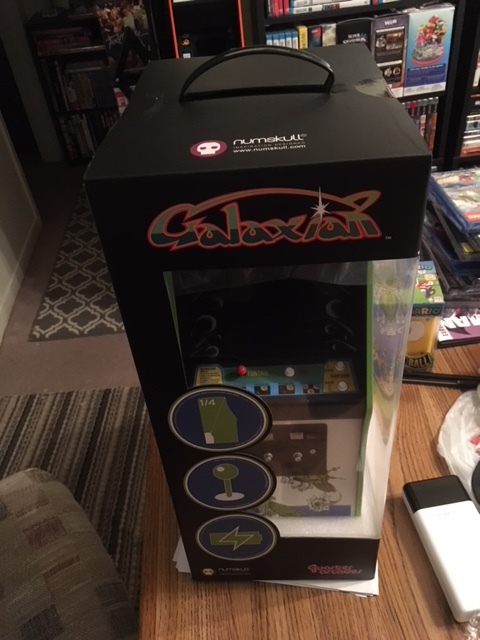
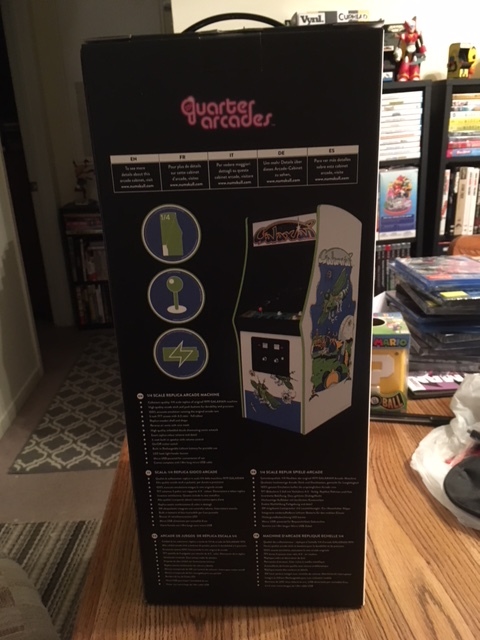
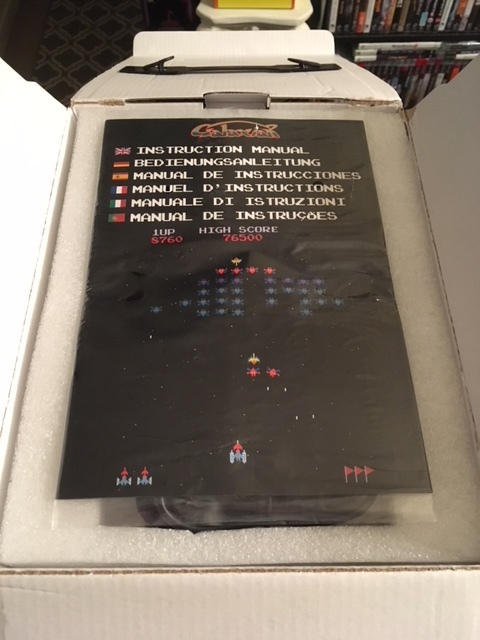







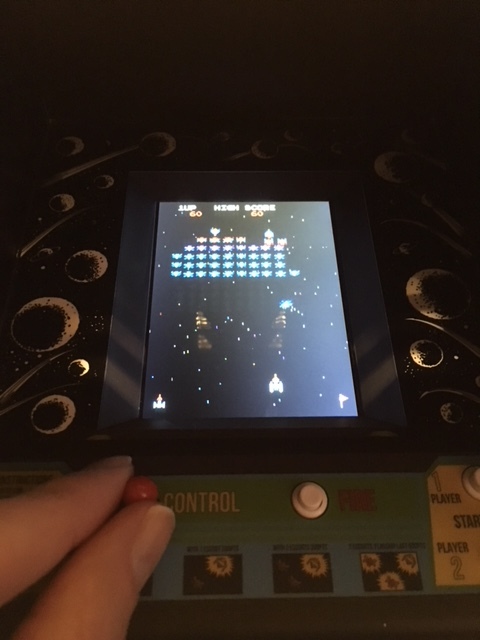

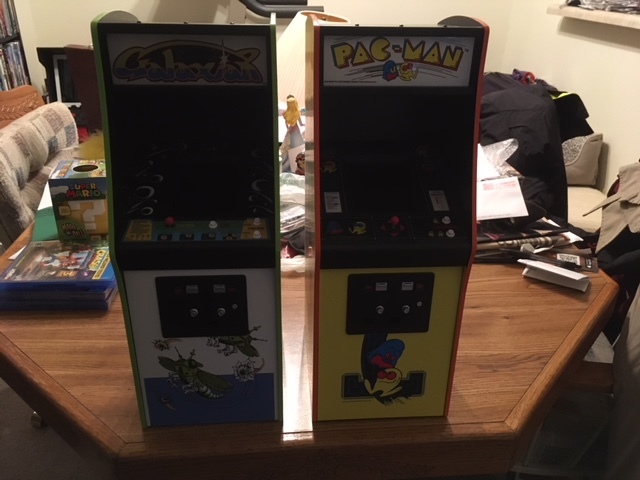
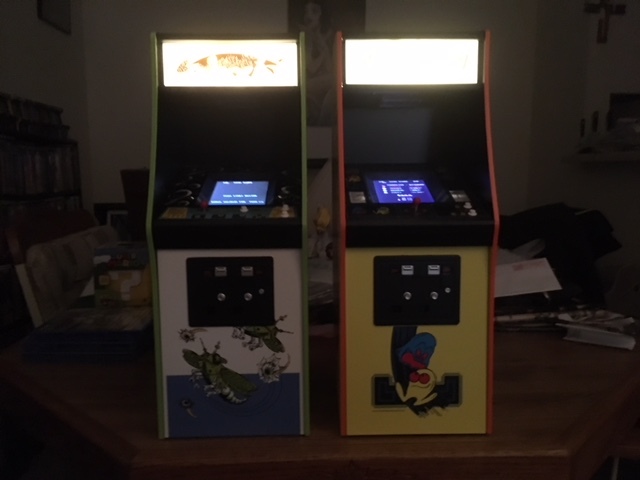

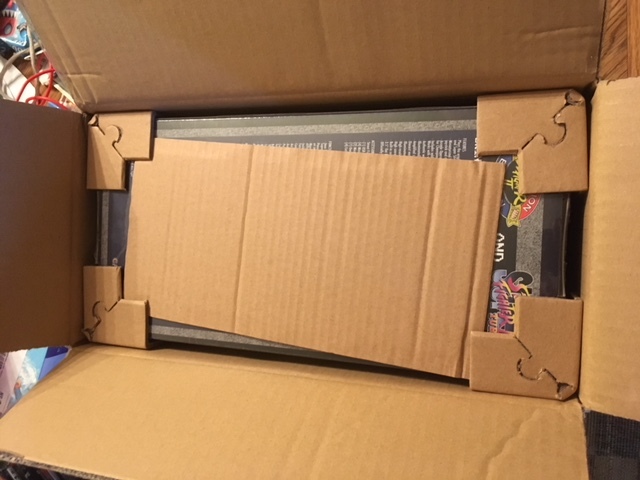

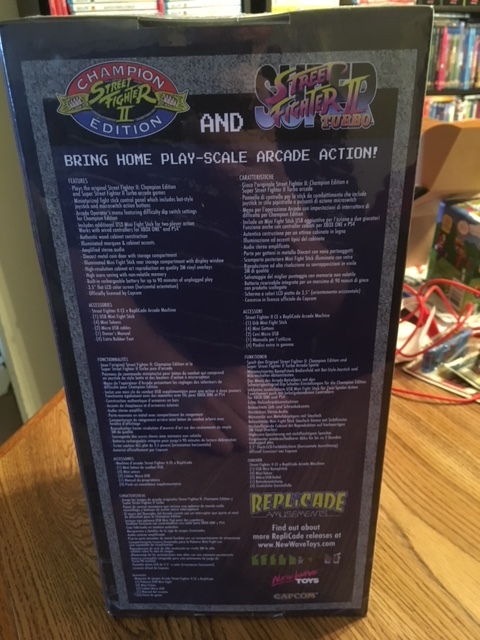

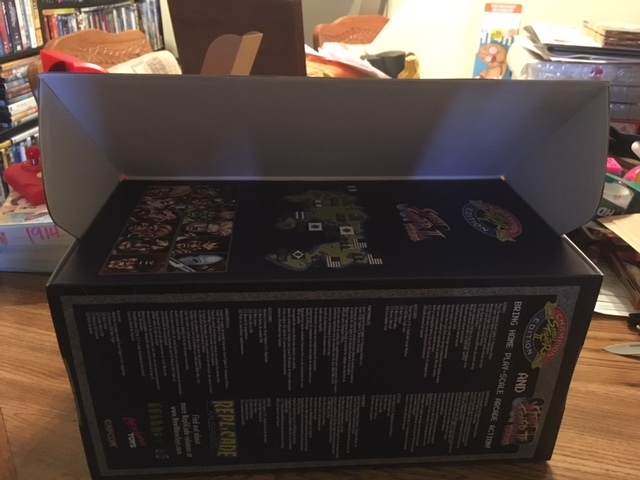




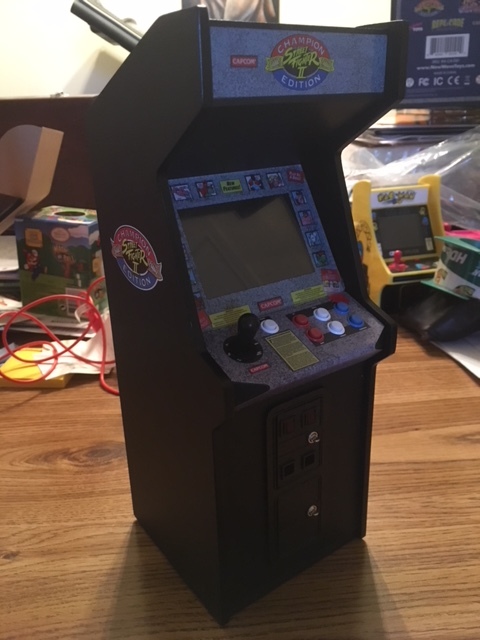


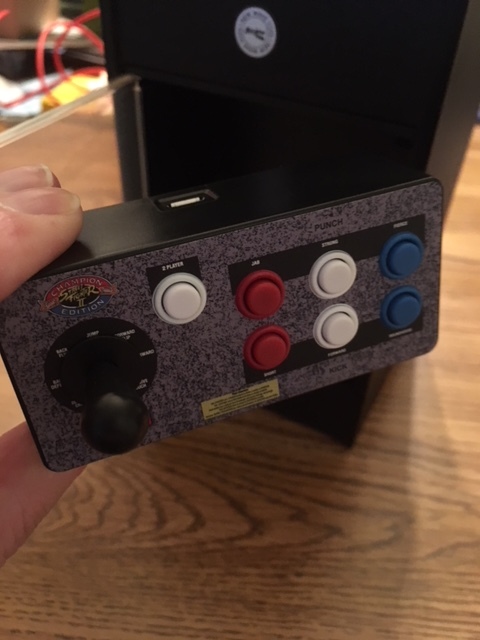
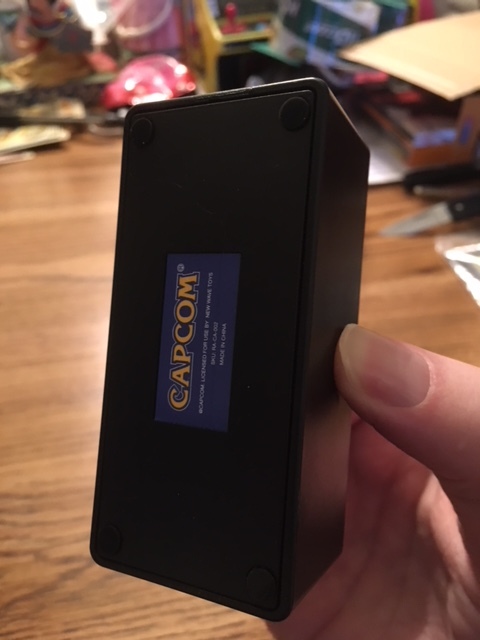
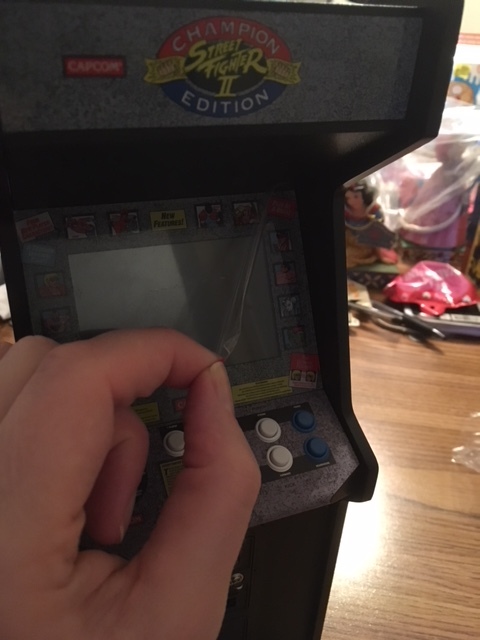

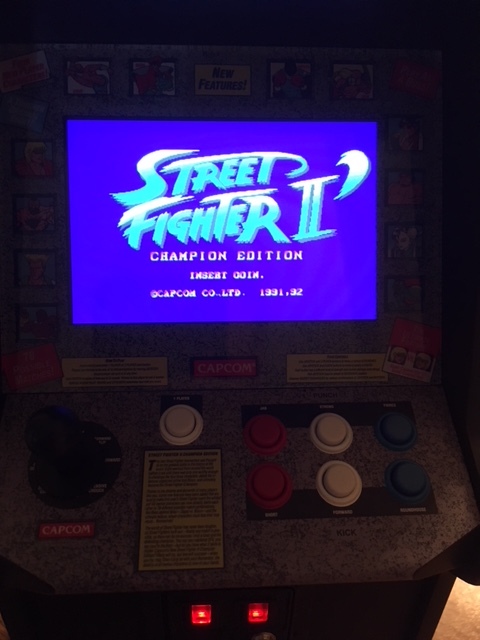
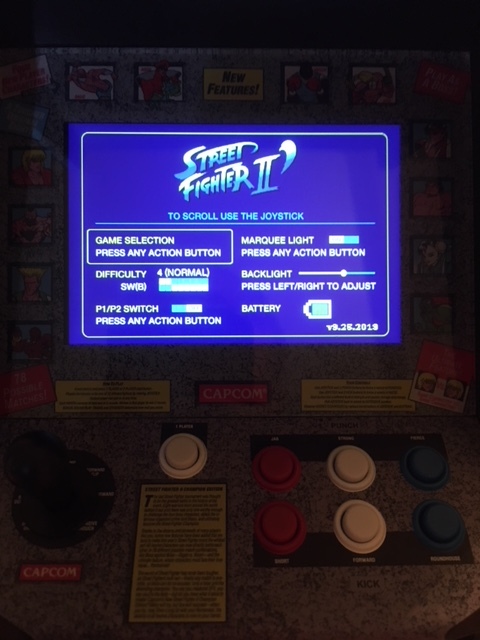
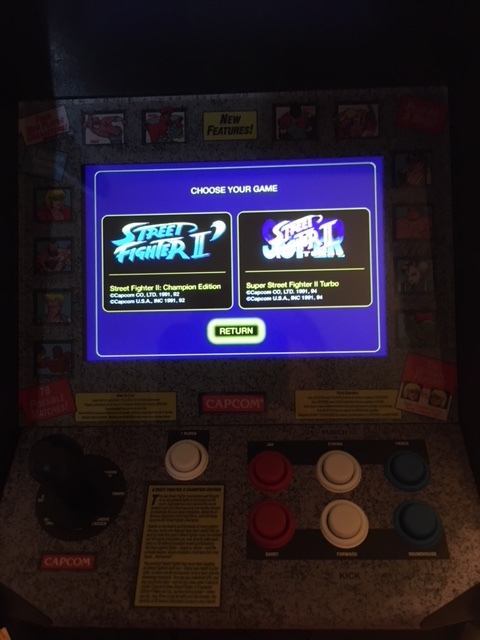



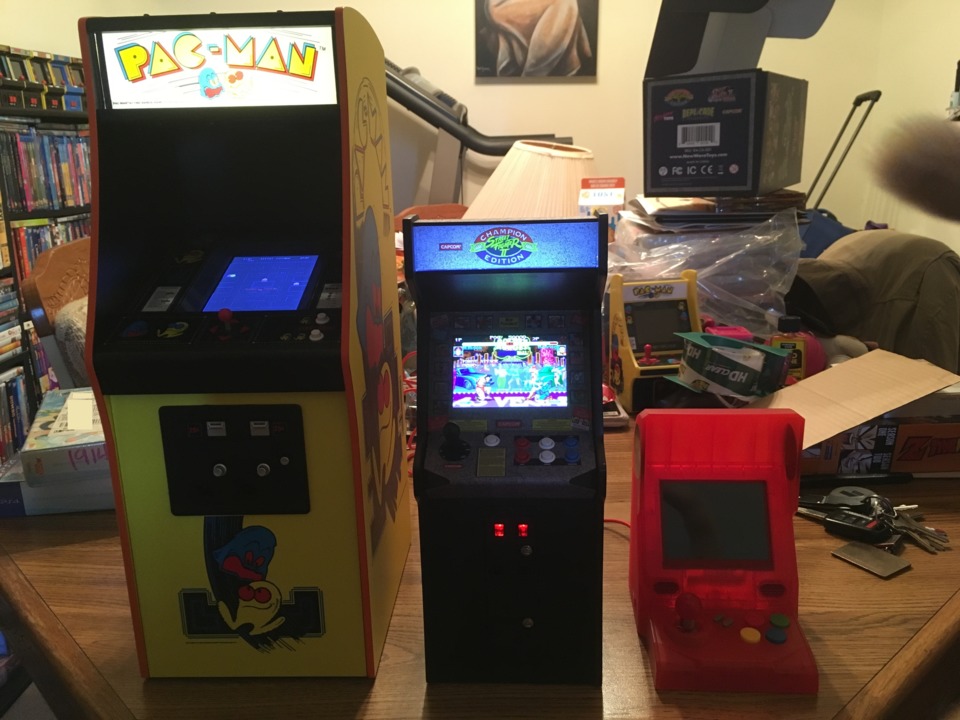
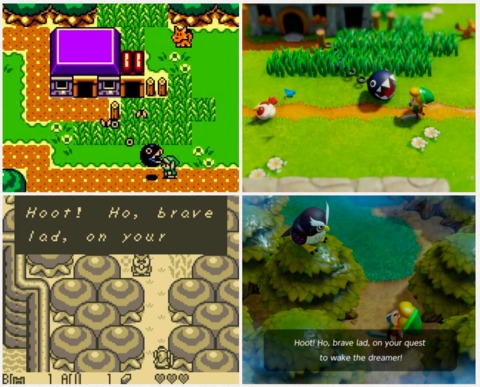
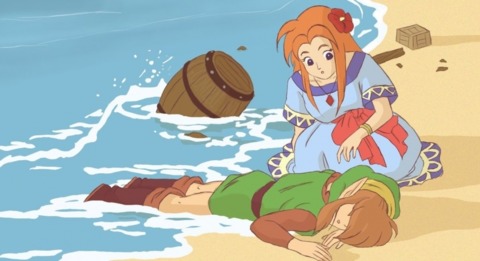
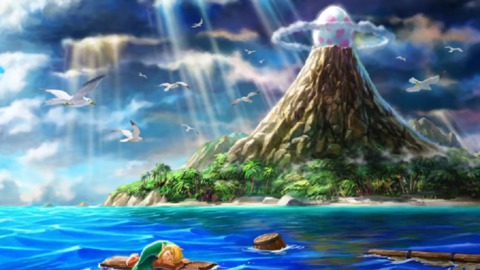
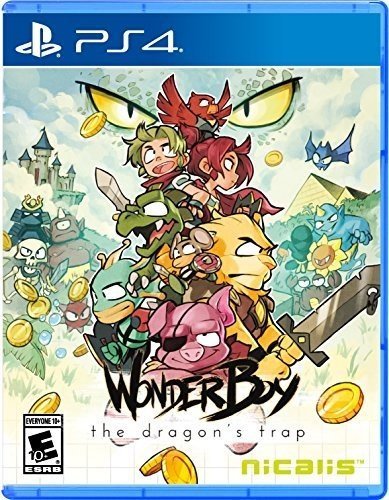

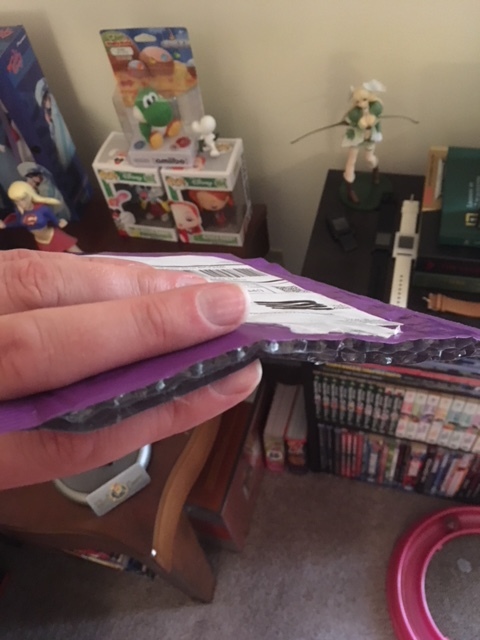
Log in to comment